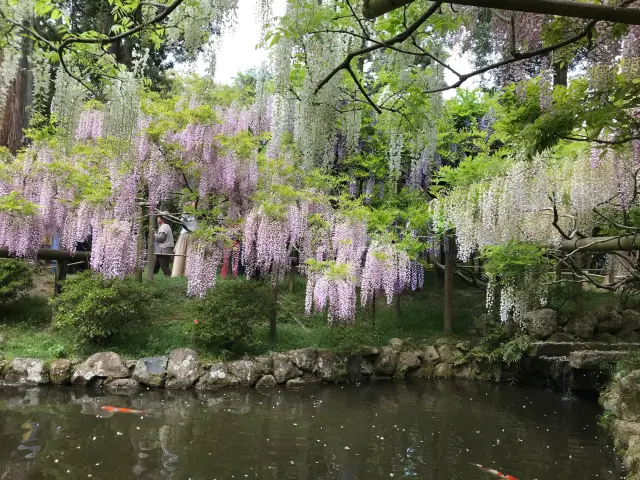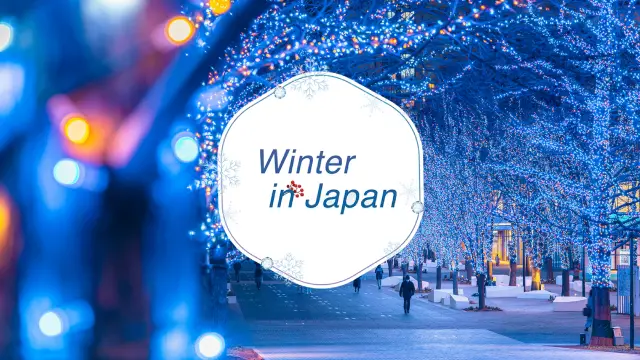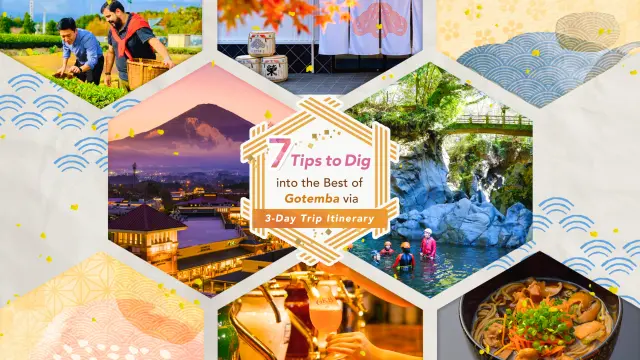At the beginning of the Nara period, Takemikazuchi-no-mikoto is said to have ridden on sacred deer from Kashima in Ibaraki Prefecture to Mt. Mikasa to protect Heijo-kyo and promote national prosperity. In 768, the Main Sanctuary was built at the foot of Mt. Mikasa, and four deities, Takemikazuchi-no-mikoto, Futsunushi-no-mikoto, Amenokoyane-no-mikoto, and Himegami were enshrined there.
Over 2,200 festivals are held here annually, especially the “Kasuga Festival” on March 13 is one of the three major imperial festivals in Japan for more than 1,200 years. An imperial envoy is sent from the imperial palace as the emperor’s representative to pray for the safety of the nation and peace among the people.
Mt. Mikasa (Mt. Kasuga) is a sacred mountain that has been worshipped where deities reside since ancient times. Because hunting and logging have been prohibited in the area since the Heian period, the primeval forest still remains to the present day and is designated as a special natural monument of Japan. Kasuga Taisha and the Kasugayama Primeval Forest were designated as one of the World Heritage Sites “Historic Monument of Ancient Nara” in 1998.
Many of the layouts of shrine buildings have remained unchanged since their original construction. In the “Shikinen Zotai” ceremony, the shrine’s 62 buildings, including the four Main Sanctuaries - the National Treasures - are repaired and repainted in bright vermillion every 20 years. Only Ise Jingu Shrine and Kasugataisha Shrine have been repaired more than 60 times so far, which shows their rich history.
It is the Fujiwara clan’s shrine, and is also known for its famous wisteria associated with them. The wisteria brightens up the shrine grounds with its beautiful purple color from late April to early May. The most famous is a 700-year-old “Sunazuri-no-Fuji” by the Keiga Gate. The “Manyo Botanical Garden” has a wisteria garden with about 200 gorgeous wisterias of about 20 species.
The “Kasugataisha Museum” houses about 3,000 items, including national treasures and important cultural properties. It is called the “Shosoin of Heian” because it displays sacred treasures from the Heian period, as well as armor, swords, and other Japanese weapons.
Highlights
-
It is the head shrine of Kasuga Shrines and it was built to protect Heijo-kyo and promote national prosperity.
-
The “Kasuga Festival”, held on March 13 annually, is one of three major imperial festivals in Japan for more than 1,200 years.
-
Kasugataisha and Kasugayama Primeval Forest are designated as World Heritage Sites.
-
Wild wisteria blooms throughout the shrine grounds from late April to Early May.
-
The “Kasugataisha Museum” is called “Shosoin of Heian” and houses national treasures and important cultural properties.

































